‘Avalox’ is a brand of Swedish blades specially made for Chinese players. At the beginning of 1980’s, Chinese National Team was trying to adopt European topspin technics into the playing style of Chinse players. However, it was revealed that the domestic blades those were used by Chinse players were not suitable for topspin of European style. Therefore Chinese National Team wanted to supply European-made blades to its players, but it couldn’t work out smoothly because of the circumstances at that time. To solve that situation, in 1987, three persons from Sweden, Japan and Malaysia collaborated to make specially made blades for Chinese National Team, and established ‘Avallo Malaysia’ which is the company that deal with new products for Chinese National Team under the new brand – ‘Avalox’. At the beginning two models were developed – ‘P500’ for topspin with pimples-out rubber and ‘P700’ for fast attack with pimples-out rubber. Those blades have been used by many famous Chinese players such as Ma Wenge, Kong Linghui, Want Nan and Want Tao, and have achieved excellent result in international competitions until the late 1990s. And afterwards, Avalox added ‘BT (= Blue Thunder)’ series to its blade range. (Currently the official name of the brand isn’t ‘Avalox’ but ‘Avallo AVX’. That is because of the trademark dispute in Chinese market. To continue the business in Chinese market Avallo Malaysia had to change the brand from Avalox to Avallo AVX. Currently the name ‘Avalox’ is only used for the Swedish blades. And, new brand ‘Avallo AVX’ is applied for all models including Swedish blades. For that reason we can see two brands – ‘Avalox’ and ‘Avallo AVX’ those are printed on the head of ‘P500’.)
Swedish blades of Avalox are manufactured using Sweden’s traditional blade manufacturing method, in which the adhesive slowly seeps into the wood in an environment where temperature and humidity are strictly controlled. Another feature is the very luxurious finish that the entire edge of the head is rounded. Currently the P series consists of ‘P500’ which is a 5-ply plywood, ‘P700’ which is a 7-ply plywood, and ‘P900’ which is a 9-ply plywood. Among those three ‘P900’ has different design because it is a model added later. All of those blades make good combination with Chinese sticky rubbers, and provide high efficiency when played at close-to-table area.
‘P500’ was made for topspin with pimples in rubbers on both sides, and is well known as the blade of Chinese players Wang Nan, Kong Linghui and Ma Wenge. The players who used ‘P500’ were the players of the early days of China’s transition to shakehand blade and both-hands topspin. (But, the first generation of ‘P500’ had darker handle colors than current models.) Wang Nan had been the absolute champion in women’s table tennis for a long time, and Kong Linghui won the gold medals of Men’s Singles in big tournaments. In the meantime many changes occurred in table tennis, for example the adoption of 40mm ball, the ban of speed glue and the changes in the material of ball. Nowadays, topspin players do not prefer the 5-ply wood blade as much as they used to. However, ‘P500’ is still recommended for the players who play at close-to-table area and lay emphasis on safety and stability. Also, for starters, it is recommended that they learn the basic techniques by this kind of blades first and then move on to faster fiber blades afterwards.
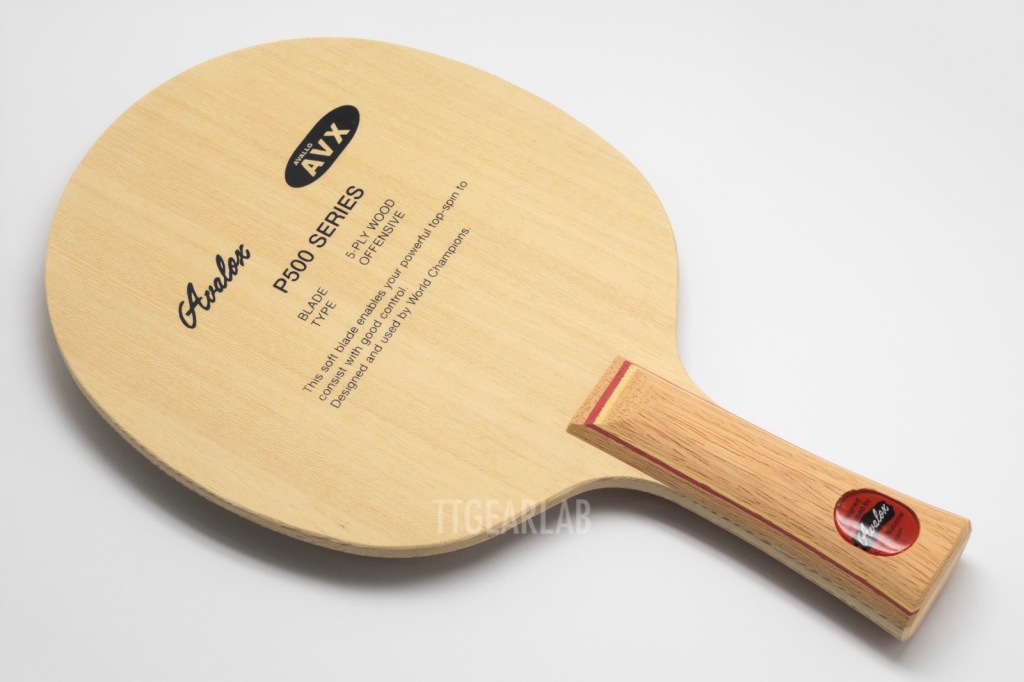
‘P500’ which is famous as the blade of Wang Nan, Kong Linghui and Ma Wenge is one of the representatives of 5-ply wood blades.
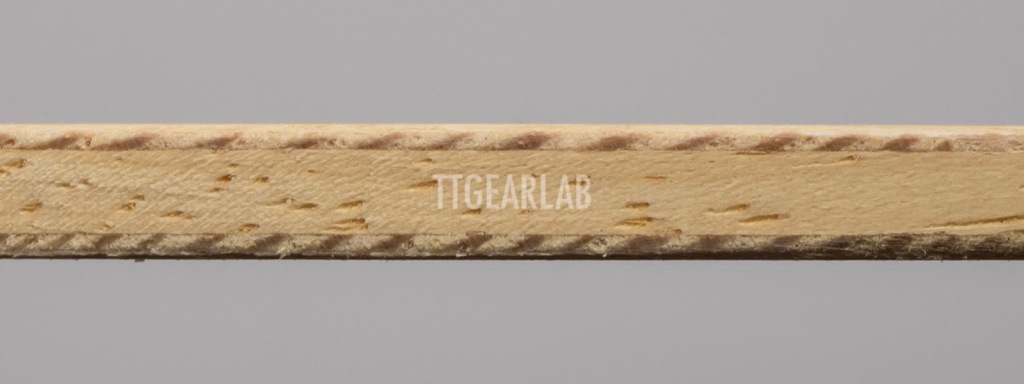
The plywood of ‘P500’ is based on traditional European offensive 5-ply construction. The top layer is Koto, the middle layer is Tanne, and the center layer is Ayous. Overall thickness is around 5.7mm.
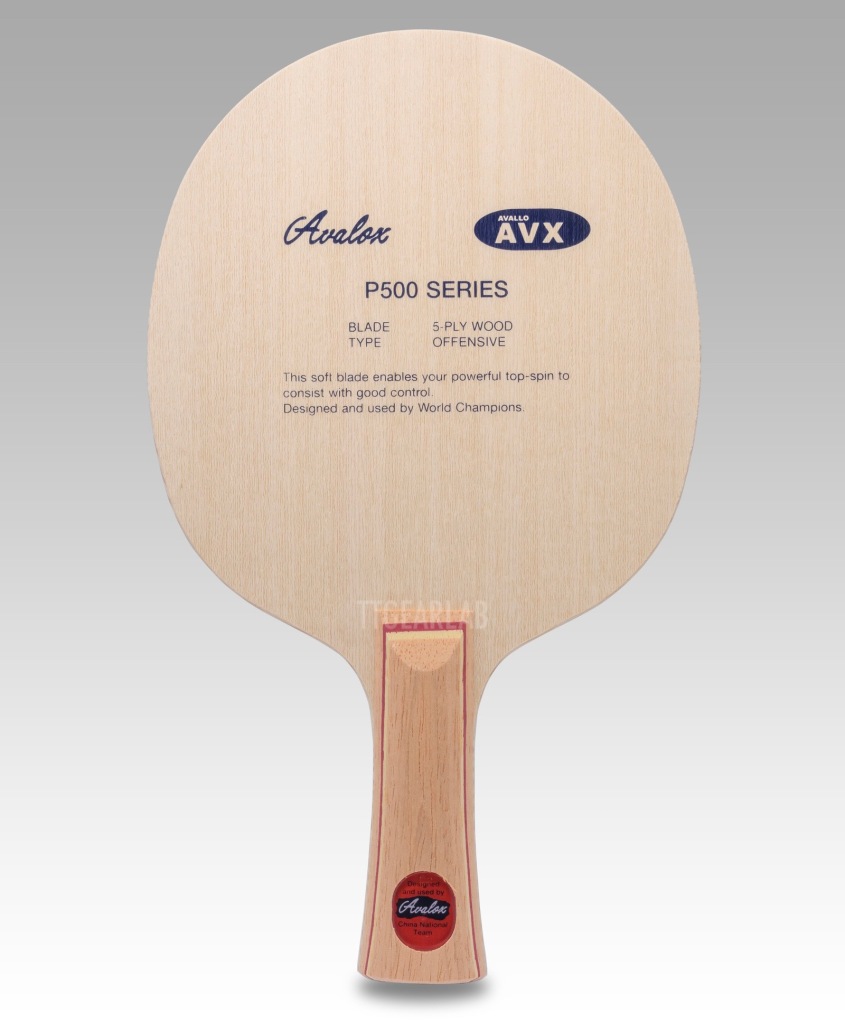
The head of ‘P500’ is a bit smaller than the head of ‘P700’. Its size is 157mm x 150mm.
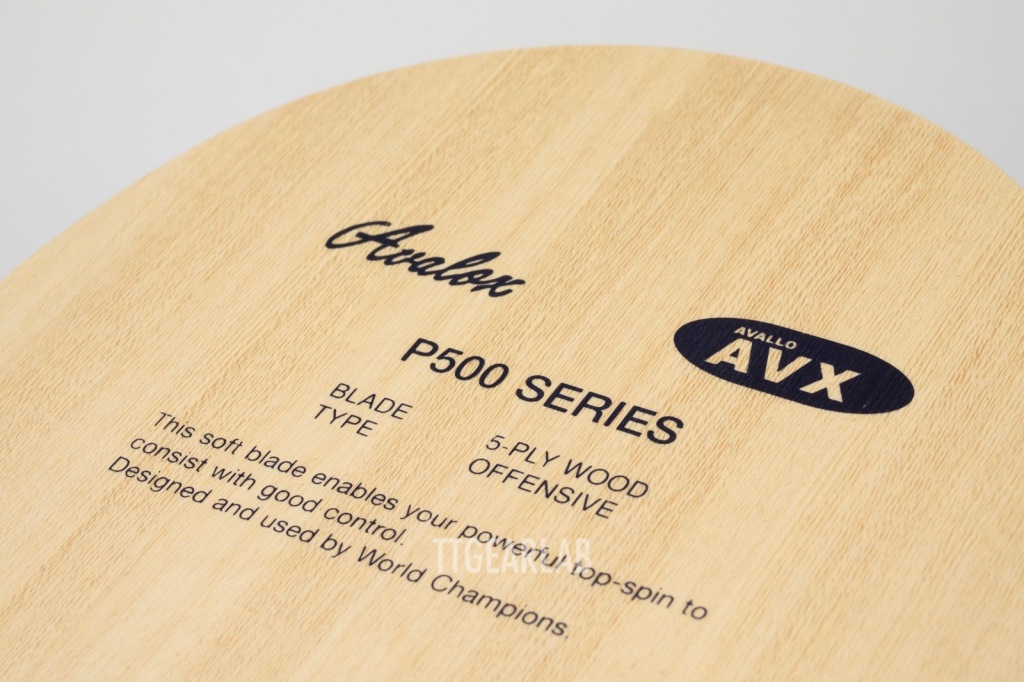
Simple description is printed on the foreside of blade head. The name ‘P500’ is shown only here, but it is written not as just ‘P500’ but as ‘P500 series’. The reason why it is called as a ‘series’ is that the handle type of this blade was originally indicated by the second digit. In the past, the actual name was called differently depending on the type of handle. ST (straight) handle version is ‘P510’, and FL (flared) handle version is ‘P520’. As time has passed, it seems that original naming system has been forgotten, and those are simply called as ‘P500 ST’ and ‘P500 FL’.
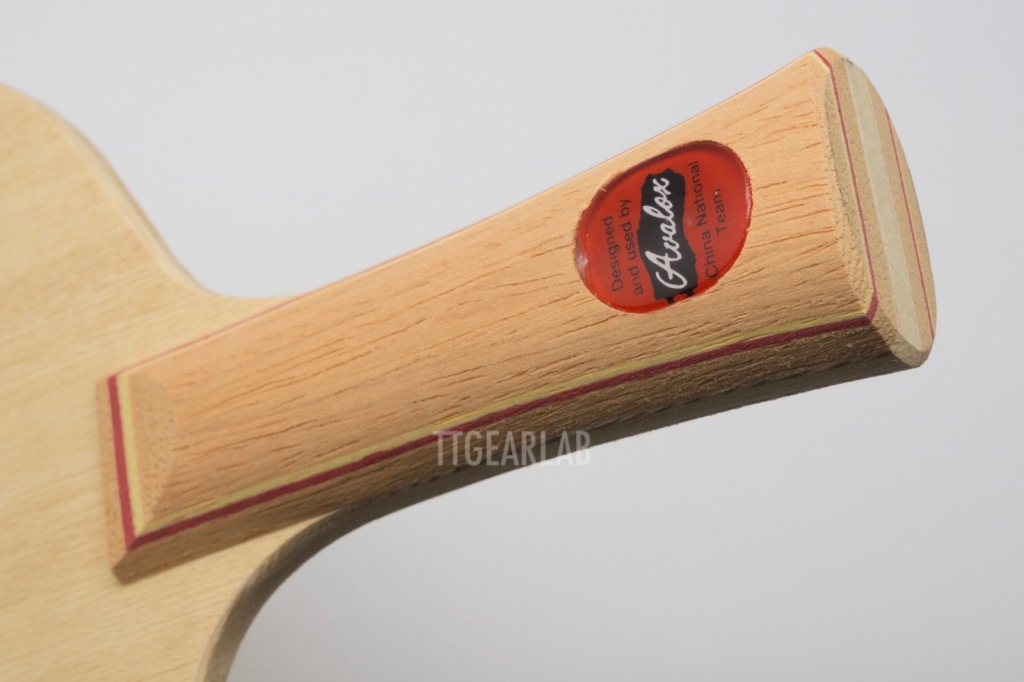
The width of FL (flared) handle is around 27mm (at head side) ~ 27.5mm (at the middle of handle) ~ 35mm (at the end), and the thickness of FL handle is round 22mm (at thumb) ~ 25mm (at the end). The size of ST (straight) handle which isn’t shown in the picture is around 28mm (width) x around 23mm (thickness). The transparent lens at handle looks similar to that of Stiga, but a bit smaller. ‘Avalox’ logo and the text that this blade is made for Chinese National Team are shown in the lens. But, the name of blade isn’t shown.
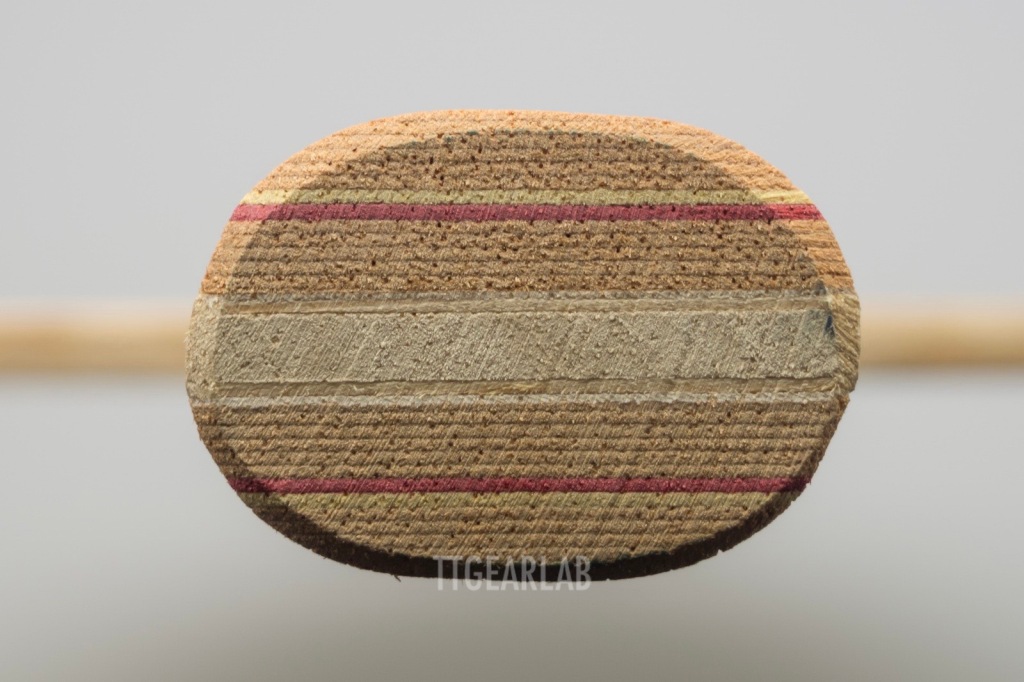
There isn’t metal plate or plastic lens at the end of handle.

Printing isn’t applied at the backside of head. However, at the backside of handle, there is the lens that is very similar to the lens at foreside of handle.
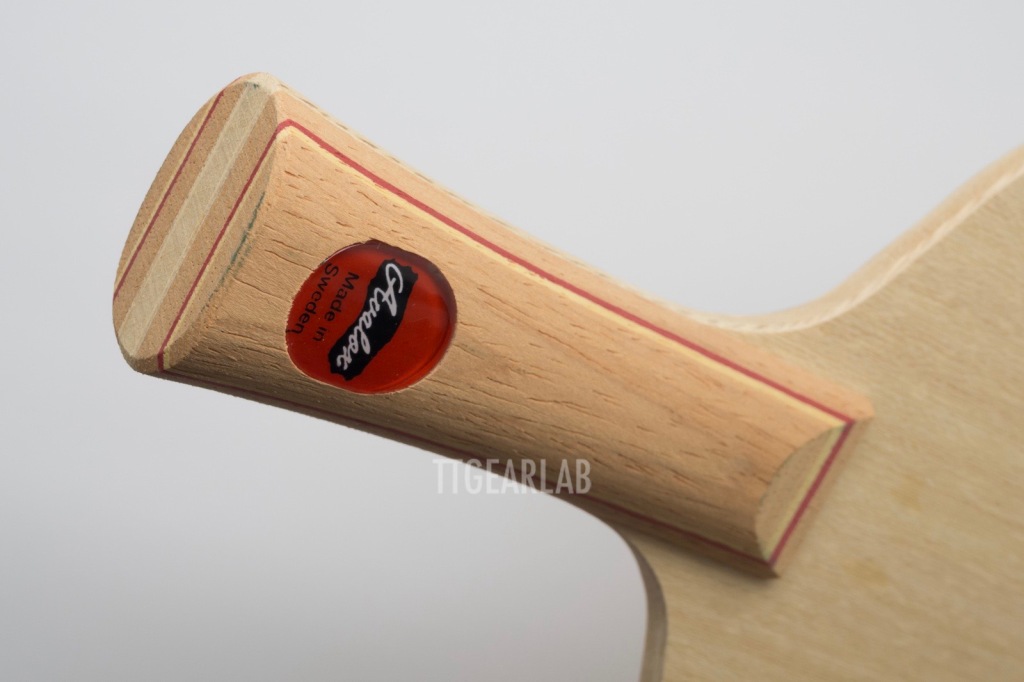
‘Made in Sweden’ is printed in the backside lens.
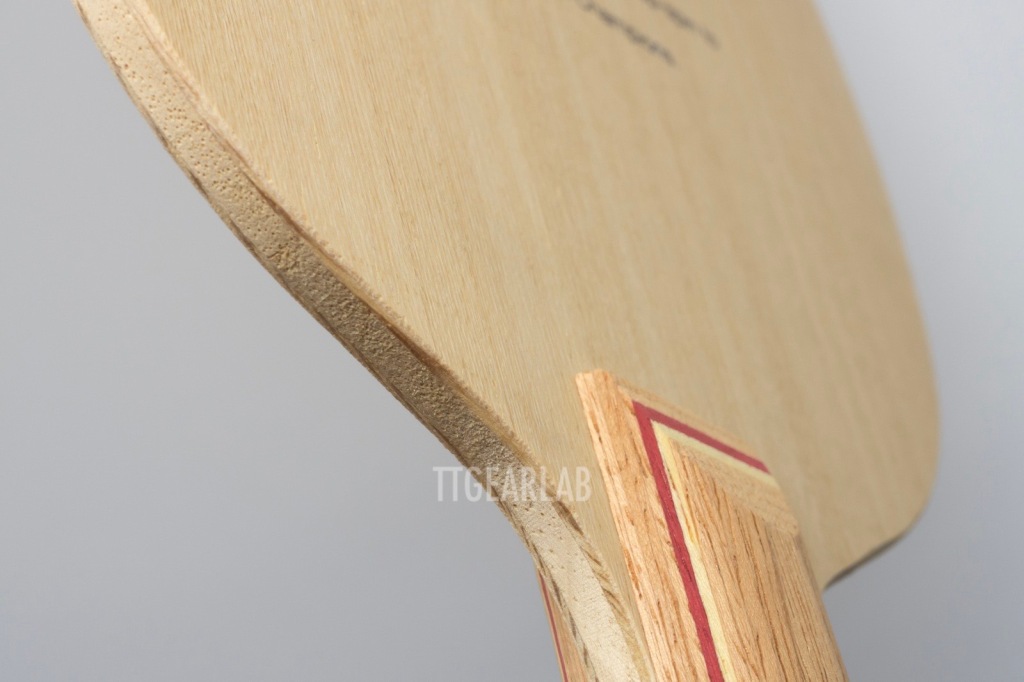
One important feature of Avalox blade is that entire edge of head is smoothly rounded. That luxurious finish is also seen at the Swedish blades of Yasaka.
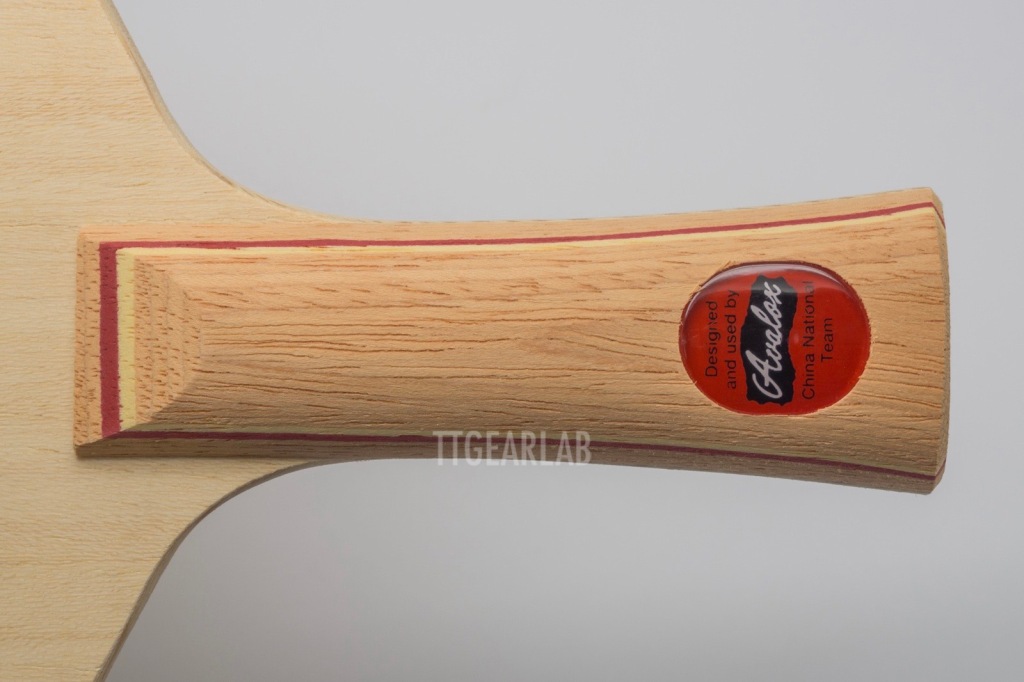
The shape of FL handle is different from that of Butterfly or Stiga. The bulge near the thumb isn’t clearly shown, and therefore the width at bulge is smaller than the width at the middle of handle.
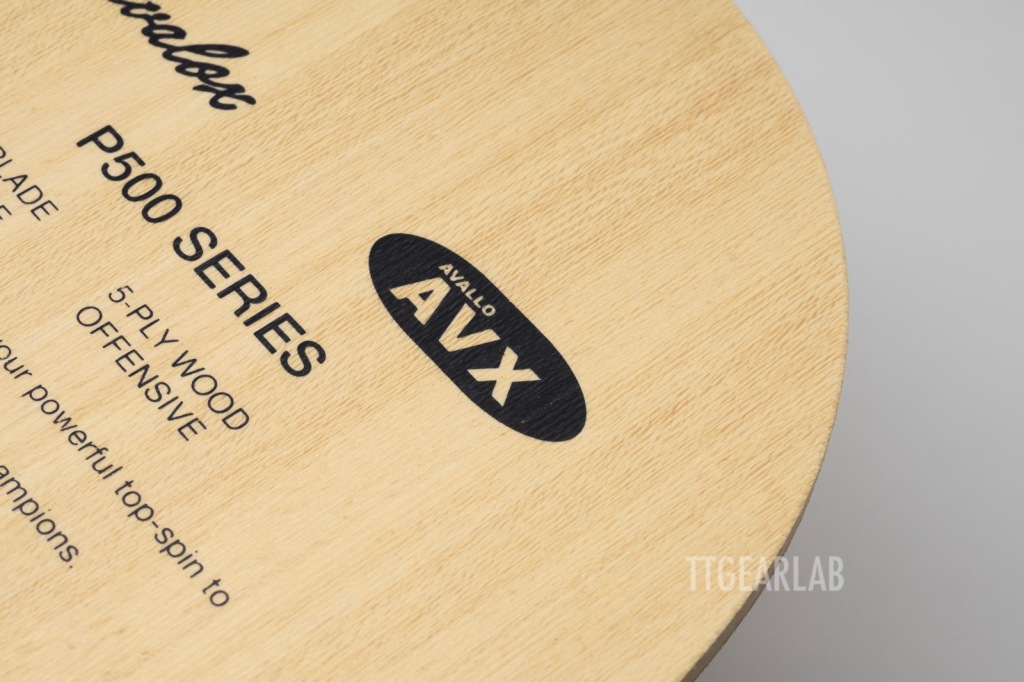
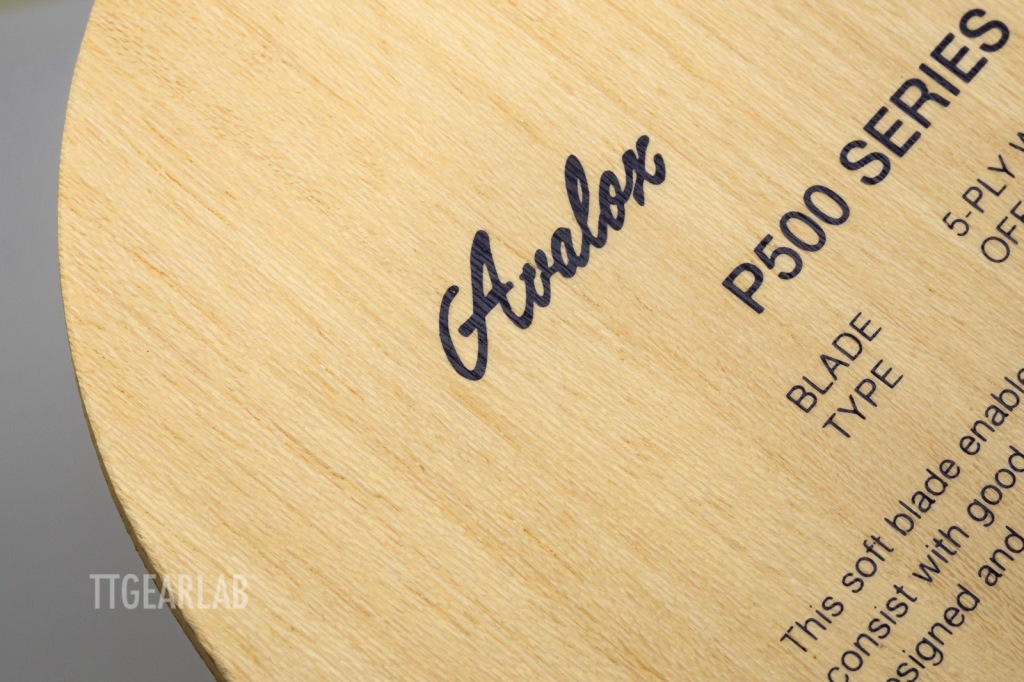
‘Avalox’ is also called as ‘AVX’. Current official name of brand isn’t ‘Avalox’ but ‘AVX’ or ‘Avallo AVX’.
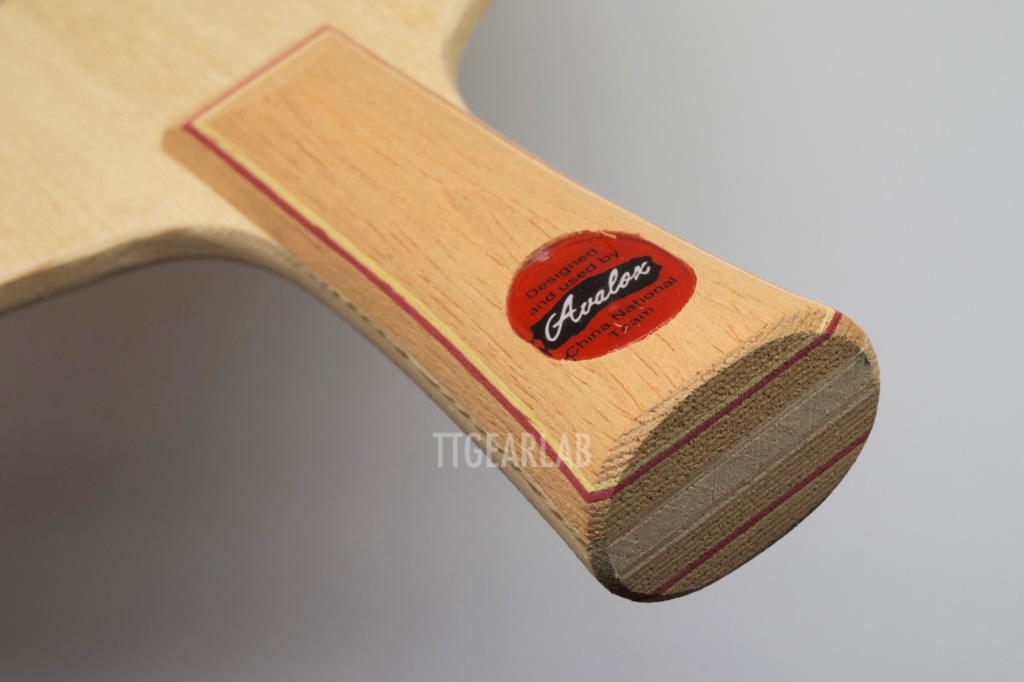
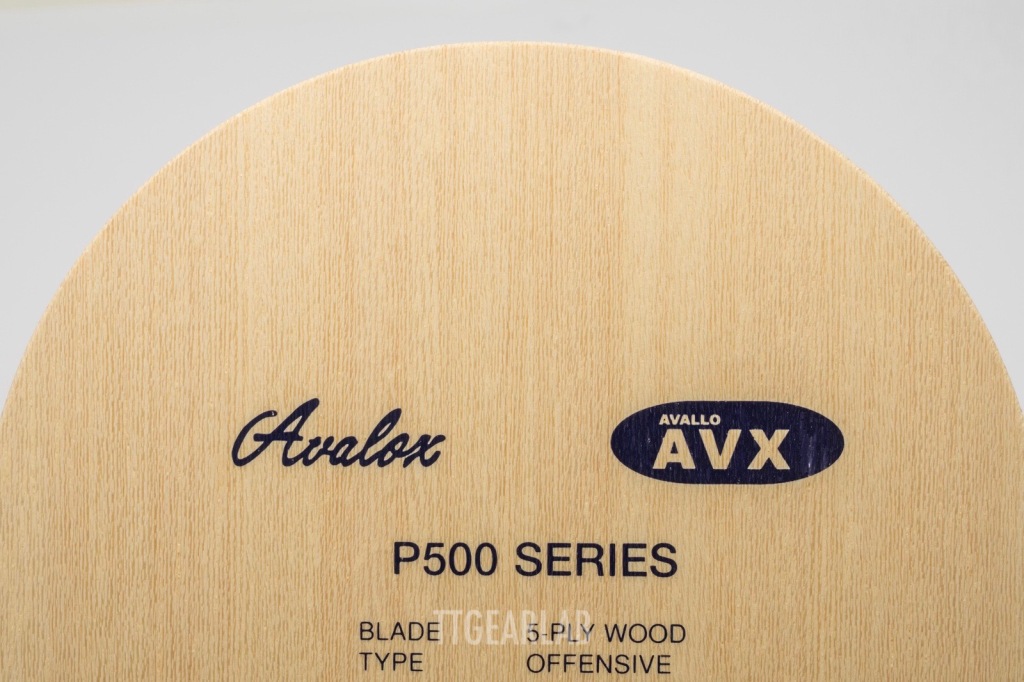


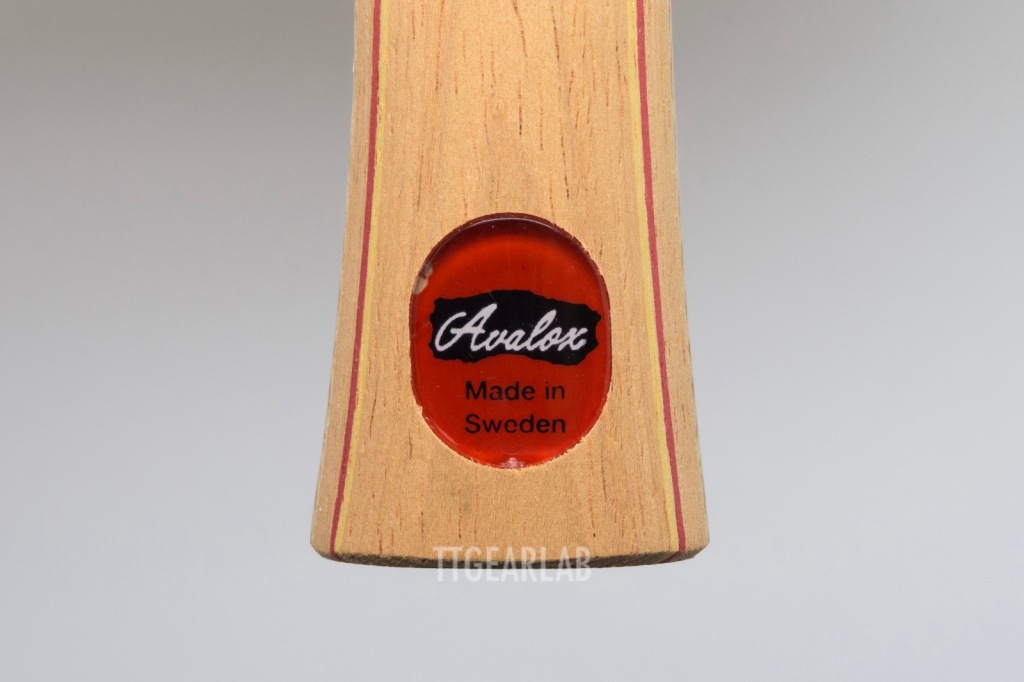
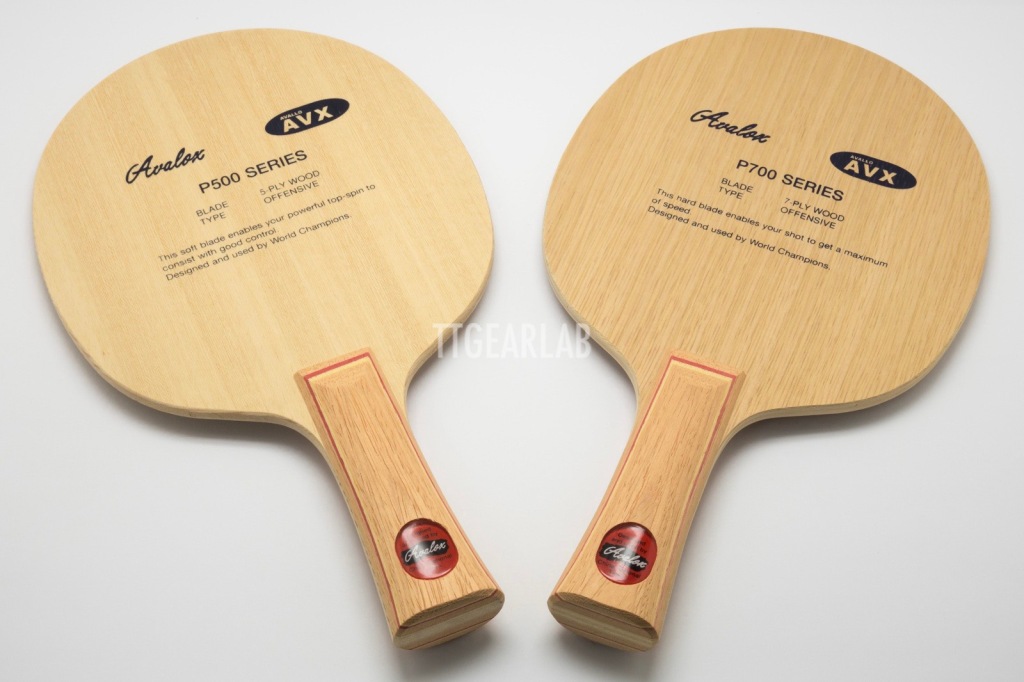
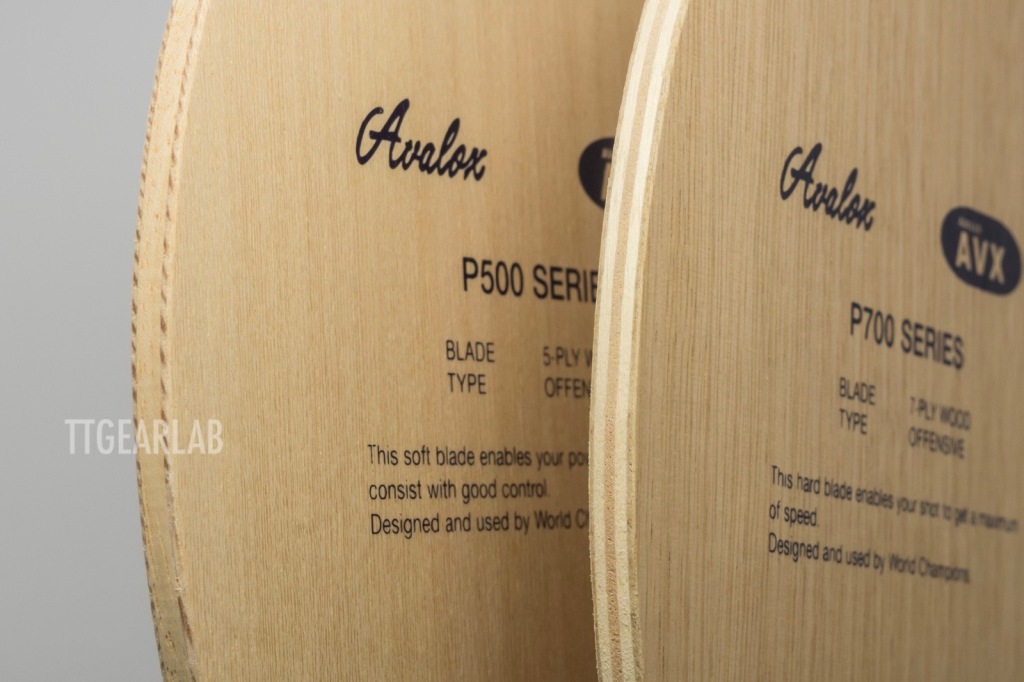
Avalox ‘P500’ (left) and ‘P700’ (right) are monumental blades those have greatly contributed to establishing the current style of Chinese table tennis, and are still the representatives of pure wood blades.
Following are the performance indices of Avalox P500 (avg.weight = 80.0g) :
– Ep = 1.35
– Ec = 1.14 (Ec/Ep = 0.84)
– Vp = 1.08
– Vl = 1.33 (Vl/Vp = 1.23)
Please note that above are average values and can be updated by further measurement.
Unauthorized use and/or duplication of this material without express and written permission from this website’s author and/or owner is strictly prohibited. Excerpts and links may be used, provided that full and clear credit is given to TTGearLab with appropriate and specific direction to the original content.
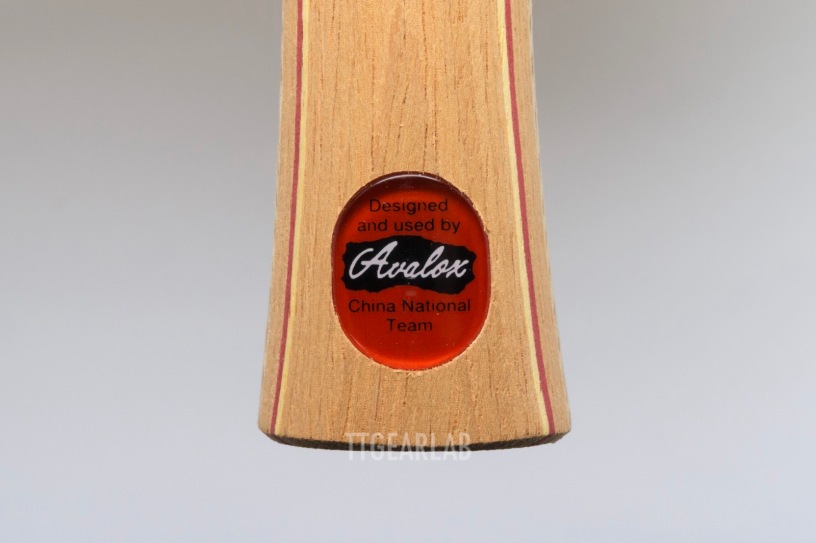
Thanks for testing!
Do you recommend to cover with varnish a blades wich have a Koto top layer? I heard that such blades are prone to splintering when you want to change rubbers. What is your advise?
LikeLike
I recommend it. But, just a little.
And, besides varnish, I always feel that some glues such as Nittaku FineZip are safer when we detach the rubber from the blade.
LikeLiked by 1 person
Thanks for response.
But I want to ask again, what about Limba top layer? Maybe you can compose a short list of most common used top layers that need or not need to be varnished?
LikeLike
The requirement for varnishing is not related with the kind of wood itself. For example the Limba of a model is all right without varnishing but the Limba of another model is not.
LikeLike